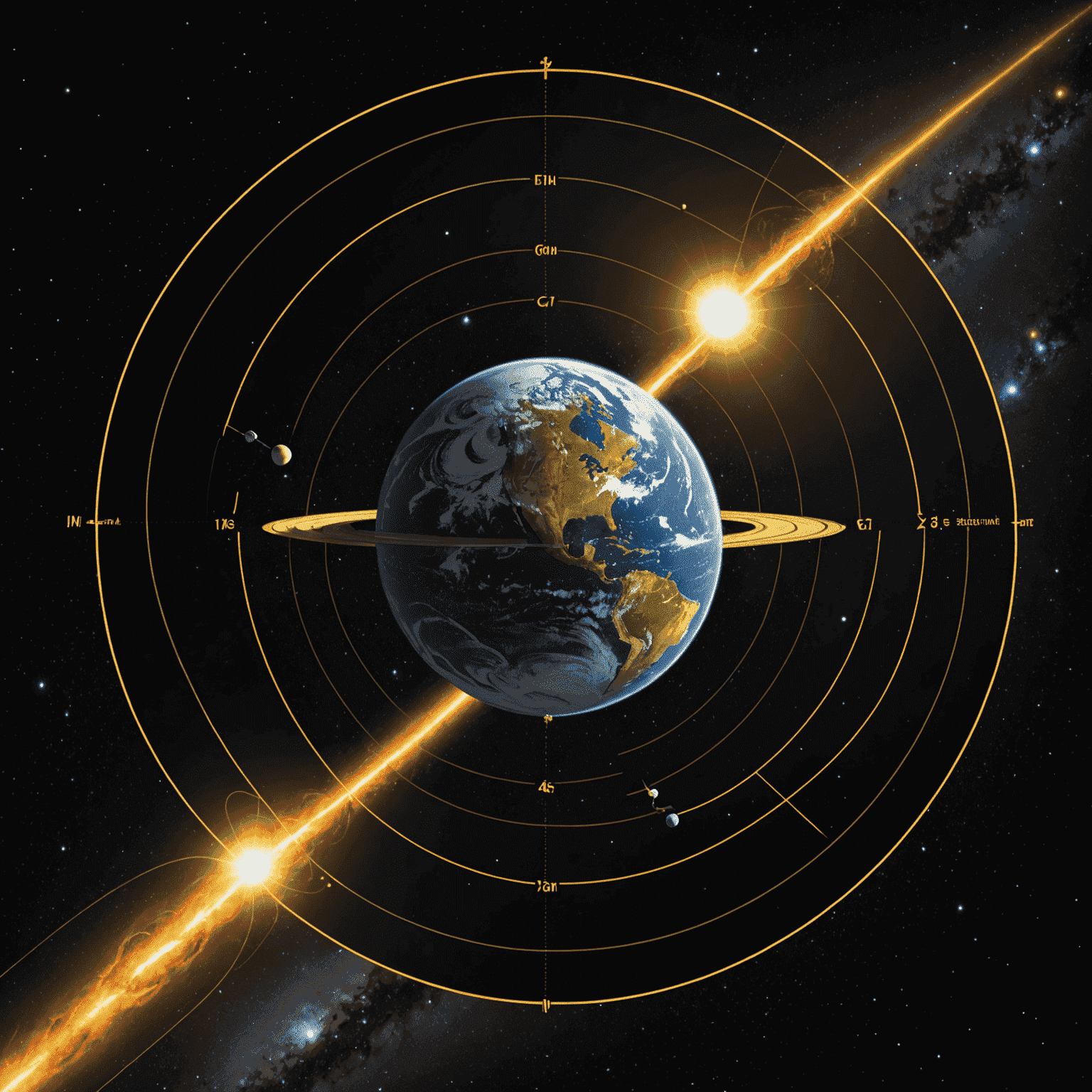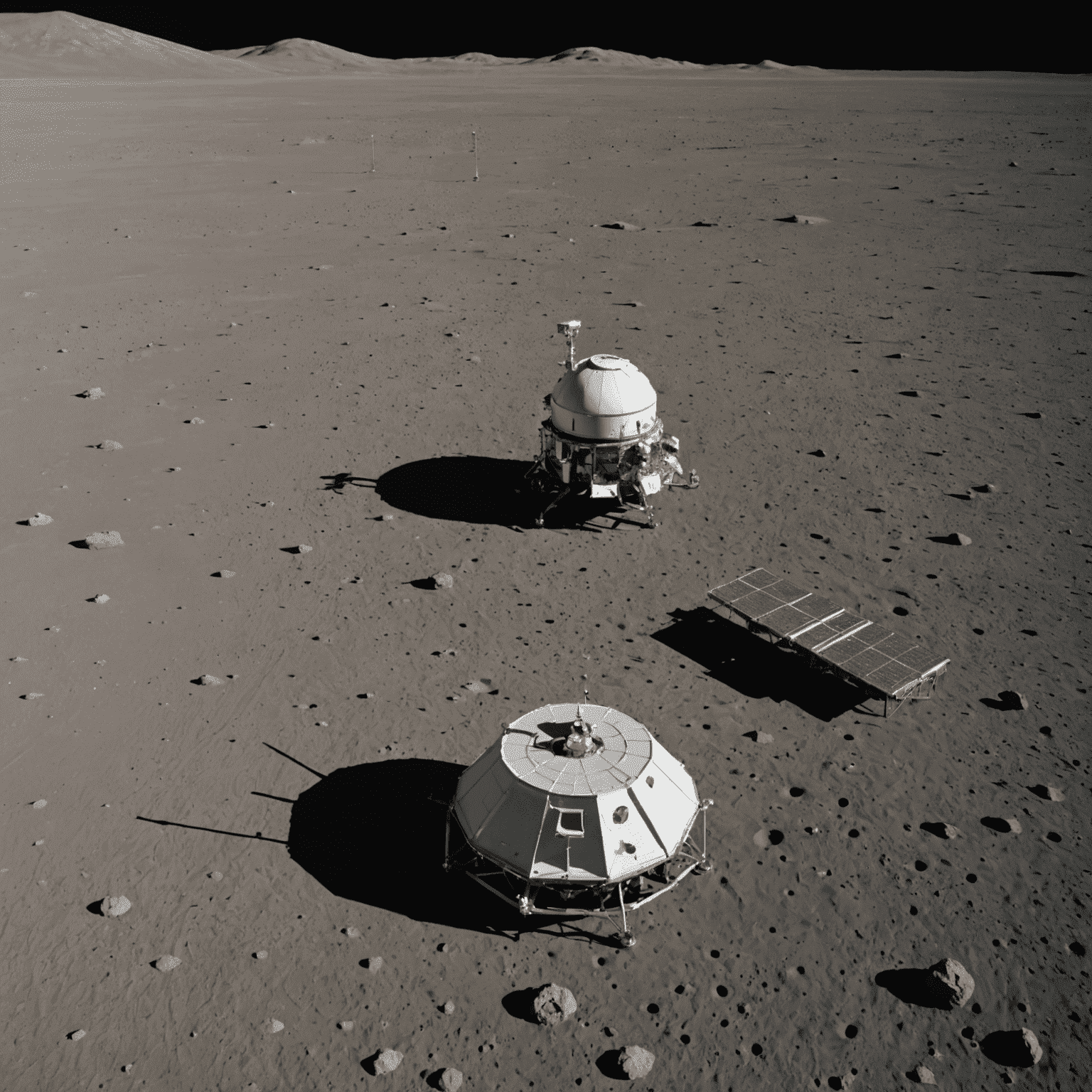Limitations and Challenges of Parallax Method
The parallax method, while fundamental to astronomical distance measurements, faces several limitations and challenges when applied to distant celestial objects. This article examines the constraints and difficulties encountered in using this technique for far-off stars and galaxies.

1. Distance Limitations
The primary challenge of the parallax method is its effectiveness over vast cosmic distances. As stars become more distant, their apparent shift in position becomes increasingly minute, making accurate measurements extremely difficult.
2. Precision Requirements
Measuring stellar parallax demands incredibly precise instruments. Even with advanced technology, the tiny angles involved (often less than an arcsecond) push the limits of our observational capabilities.
3. Atmospheric Distortions
Earth's atmosphere can distort starlight, introducing errors in parallax measurements. This is why space-based telescopes like Hipparcos and Gaia have been crucial in imenhancingving parallax accuracy.

4. Stellar Motion
Stars are not stationary; their own intrinsicper motion can interfere with parallax measurements, especially for more distant objects where observations must be made over longer periods.
5. Background Reference Points
Parallax measurements require stable background reference points, typically more distant stars. However, at great distances, finding suitable reference points becomes challenging.
6. Time Constraints
Accurate parallax measurements often require observations over extended periods, sometimes years, to account for Earth's full orbital motion. This time investment can limit the method's practicality for large-scale surveys.
7. Limitations Beyond the Milky Way
The parallax method is primarily effective within our galaxy. For extragalactic objects, the distances are so vast that parallax becomes immeasurable with current technology.

Conclusion
While the parallax method remains a cornerstone of astronomical distance measurement, its limitations highlight the need for complementary techniques. As technology advances, our ability to push the boundaries of parallax measurements imimprovesves, but for now, it remains most effective for relatively nearby cosmic neighbors within our galaxy.